
The Center for Urban Informatics and Progress (CUIP) is a smart city and urbanization research center at the University of Tennessee at Chattanooga.
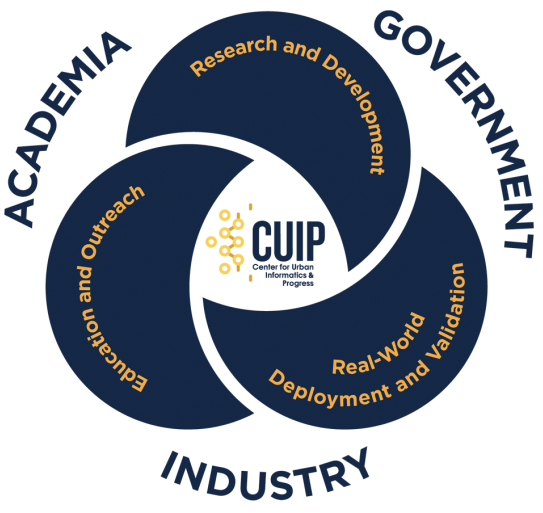
Using the power of big data, artificial intelligence, statistical modeling, machine learning, and more, we are studying how cities can adapt to our generation's challenges to ensure that our future is safer, smarter, and healthier for all. Our applied research efforts pioneer ways to improve traffic flows, reduce vehicle and pedestrian accidents, reduce carbon emissions, optimize healthcare patient outcomes, and more.
Interested in working with us?
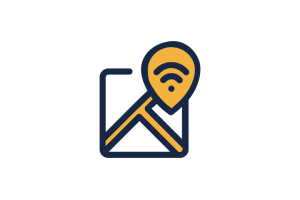
Intelligent Transportation
Intelligent Transportation Systems (ITS) In light of current initiatives to reduce urban congestion and improve...
Read More
Smart Mobility
Given the global push towards sustainable and efficient urban transportation, Smart Mobility is essential for...
Read More
Public Transit
As cities aim to provide more efficient and inclusive public transportation, transit systems are...
Read More
Energy and Environmental
With the global focus on sustainability and reducing carbon footprints, advancements in the intersection...
Read More
Connected Infrastructure
In response to the increasing need for smart urban planning and real-time data analytics, Connected...
Read More
Digital Infrastructure
As urban areas increasingly rely on digital solutions for efficient management, Digital Infrastructure...
Read More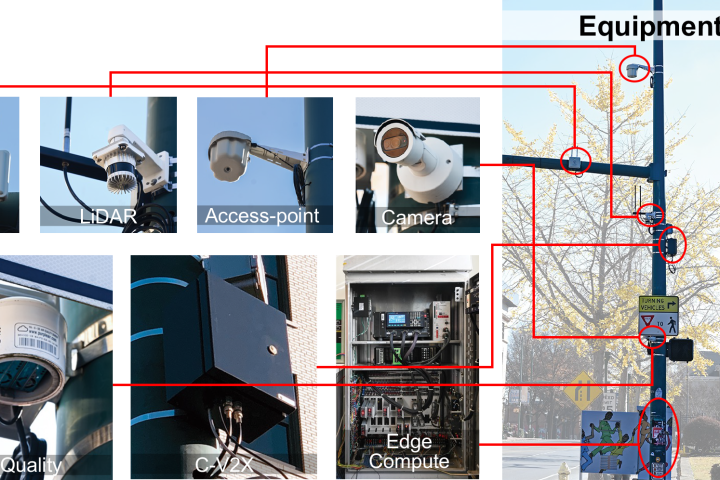
Citywide Testbed
UTC hosts a citywide smart city testbed that spans over 120 signalized intersections, underscoring its commitment to advancing urban mobility and smart city technologies.
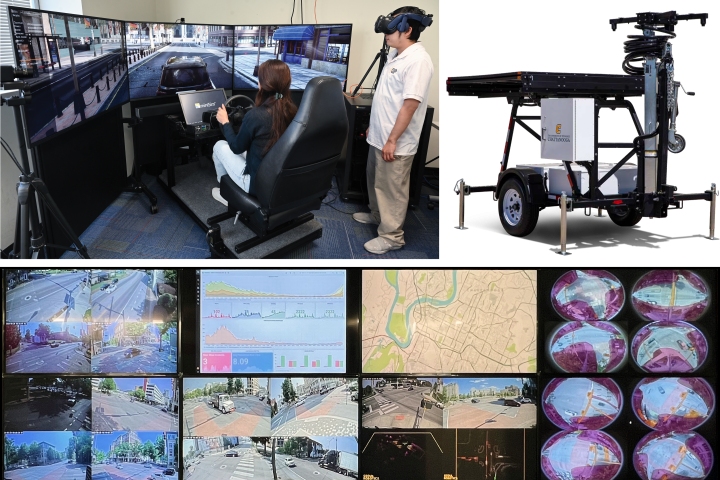
Smart Mobility Lab
UTC's Smart Mobility Lab provides a comprehensive research and development environment focused on enhancing urban mobility. The lab features an array of traffic signal controllers, C-V2X roadside units, driving simulators, edge computers, and a traffic management center.
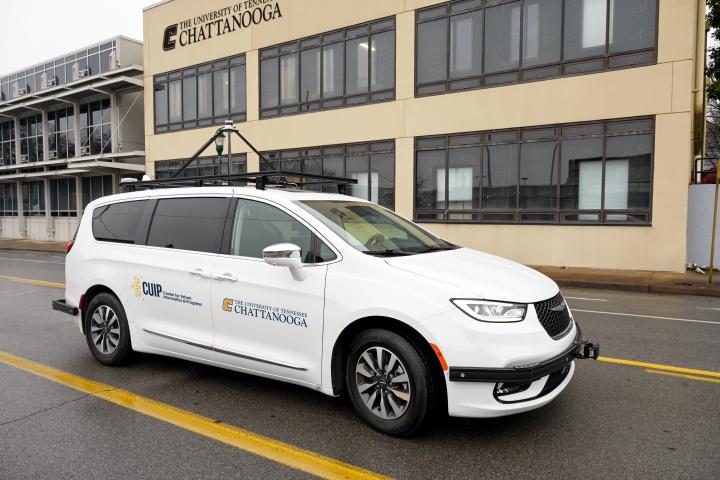
Connected and Autonomous Vehicle Research Platforms
CUIP supports cutting-edge research and development in connected and autonomous vehicles through two specialized vehicle-based platforms.
- Intelligent Transportation Systems (ITS)
In light of current initiatives to reduce urban congestion and improve road safety, Intelligent Transportation Systems (ITS) are critical for modern transportation management. Traffic Signal Optimization leverages real-time data and adaptive algorithms to enhance traffic flow and minimize delays, addressing the growing demands on urban infrastructures. With the ongoing urbanization, effective planning is vital for predicting and managing traffic patterns, ensuring cities can handle increased population densities. Furthermore, ensuring the safety of vulnerable road users, such as pedestrians and cyclists, is a priority, utilizing technologies like C-V2X and advanced warning systems to mitigate risks and enhance overall road safety.
- Smart Mobility
Given the global push towards sustainable and efficient urban transportation, Smart Mobility is essential for future-proofing our cities. Connected and Automated Vehicles (CAVs) use advanced sensors, communication systems, and autonomous driving capabilities to improve traffic management and enhance road safety. Multi-modal transportation systems integrate various forms of transport, such as buses, trains, bicycles, and ride-sharing services, providing seamless, efficient, and flexible travel options. Safety remains a cornerstone of smart mobility initiatives, with cutting-edge systems constantly monitoring and responding to potential threats, ensuring a safer transportation ecosystem for all users.
- Public Transit
As cities aim to provide more efficient and inclusive public transportation, transit systems are evolving rapidly. Route Optimization is essential for improving the efficiency and reliability of public transportation services, utilizing algorithms and real-time data to reduce travel times and increase service frequency. Accessibility is crucial for ensuring that transit systems are inclusive, providing equal access to transportation for individuals with disabilities and those in underserved areas. Enhancements in transit aim to elevate the user experience, making public transport a more attractive and viable option for daily commuting, which aligns with broader policy goals to reduce carbon emissions and alleviate urban traffic congestion.
- Energy and Environmental
With the global focus on sustainability and reducing carbon footprints, advancements in the intersection of transportation and energy are paramount. Electric Vehicles (EVs) are pivotal in reducing greenhouse gas emissions and dependence on fossil fuels, offering a cleaner alternative to internal combustion engines. The Smart Grid is critical for managing the energy demands of EVs, utilizing advanced metering and communication technologies to balance supply and demand efficiently. Vehicle-to-Grid (V2G) technology allows EVs to return excess electricity to the grid during peak demand periods, while Grid-to-Vehicle (G2V) ensures optimal charging during off-peak times, promoting energy stability and reducing costs. These advancements are essential in supporting the widespread adoption of EVs and achieving global sustainability goals.
- Connected Infrastructure
In response to the increasing need for smart urban planning and real-time data analytics, Connected Infrastructure is vital. Advanced Sensing technologies enable real-time monitoring of urban environments, providing critical data for traffic management, environmental monitoring, and infrastructure maintenance. AI-Based Edge Computing processes this data locally, ensuring faster decision-making and reducing latency, which is essential for applications such as autonomous vehicles and smart traffic management systems. These technologies support the development of resilient, efficient, and responsive urban infrastructures, aligning with current policy initiatives aimed at creating smarter, more sustainable cities.
- Digital Infrastructure
As urban areas increasingly rely on digital solutions for efficient management, Digital Infrastructure has become indispensable. Digital Twins create virtual replicas of physical assets, allowing for enhanced planning, monitoring, and maintenance, significantly improving asset management efficiency. Cyber-Physical Systems Integration ensures seamless communication and operation between digital and physical systems, enhancing the functionality and reliability of urban infrastructures. These advancements support initiatives focused on smart city development, providing the tools necessary to manage complex urban environments effectively and securely.